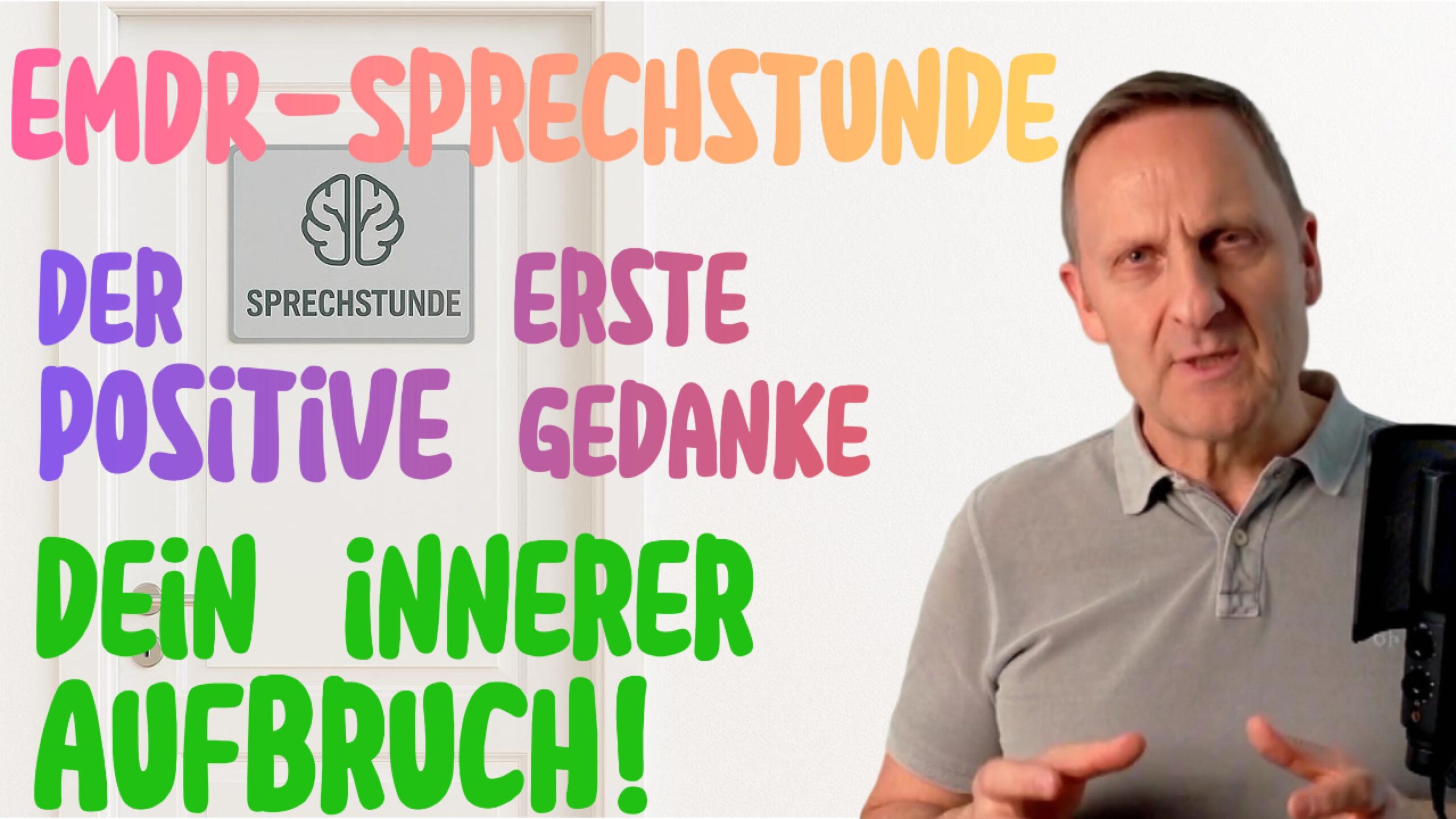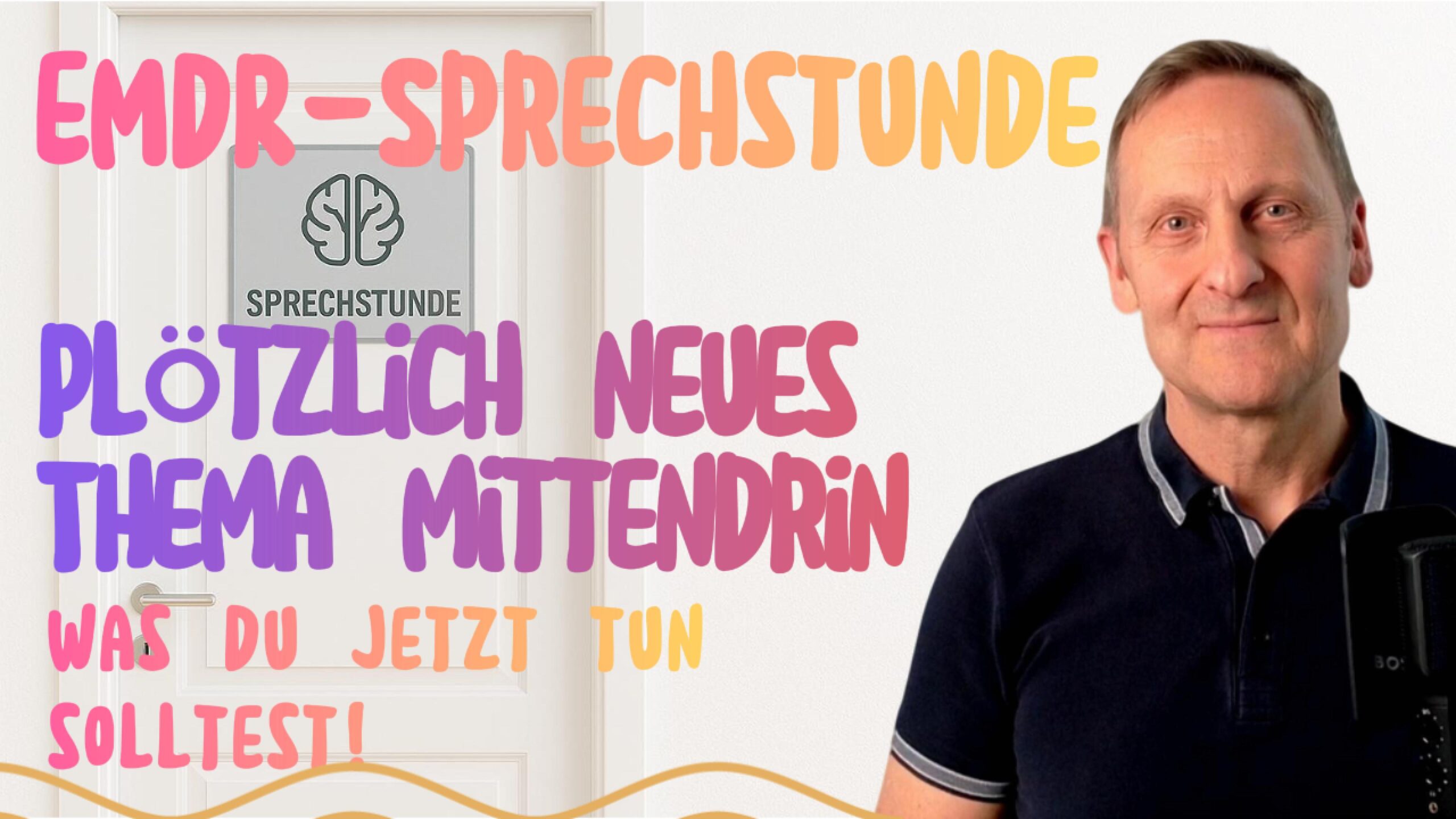Rapid Eye Movements in EMDR: why They Determine Success or Failure
EMDR is considered one of the most effective methods for processing distressing memories – both in therapy and self-coaching. However, many underestimate how crucial the quality of eye movements is for the success of the method. In this post, you’ll learn why mistakes often happen here – and how to avoid them.
Eye Movement is not a Detail, but the Core
Rapid eye movements are the central operating principle of EMDR. Without them, no effective processing can take place. While there is also bilateral stimulation through sounds or touches – from my therapeutic experience over many years, it’s consistently shown that correctly guided eye movements are hard to surpass in their effectiveness.
And precisely because they are so central, their execution should be done with particular care.
Common Mistakes: Too Early, Too Slow, Too Imprecise
A common mistake – both among therapists and clients – is ending the eye movements too early. The inner process is just beginning, yet the stimulation is already stopped. The result: Emotional relief fails to occur or the client is left with intense feelings.
Equally problematic is a tempo that’s too slow. Many start cautiously – which is understandable. But movements that are too slow can cause the process to stall. EMDR needs fluid, rapid eye movement – always adjusted to what is still comfortable for the individual person.
The extent – how far the eyes are guided left and right – is also crucial. If the movement remains too central, the full bilateral impulse is missing.
Repetitions: the Key to Depth
An EMDR session doesn’t consist of a single run. Rather, it’s about a rhythmic alternation between eye movement and internal feedback. “What’s happening now?” – this question marks the transition to the next round. Only through multiple repetitions does the full effect unfold.
I therefore recommend to my clients: When you feel like you’re “almost through”, go for two more rounds. Not out of a sense of obligation, but to give the system space to truly regulate itself. The deepest changes often happen after the point where you wanted to stop.
Why EMDR Devices Can Help
The many repetitions are also the reason why more and more EMDR therapists work with devices. The classic waving in front of the client’s eyes has its physical limits – the arm gets tired, the movement becomes irregular. A good EMDR device, on the other hand, ensures consistent, fatigue-free stimulation – which can significantly improve the quality of the session.
The Challenge in Self-Coaching
In self-coaching, the problem becomes particularly evident. Without external visual guidance, it’s almost impossible to perform eye movements correctly, smoothly, and over a longer period of time – especially in emotionally charged moments. For this reason, I developed the EMDR self-coaching method in such a way that an external stimulus – visually controlled – is integrated from the beginning.
Only in this way can the method function safely and effectively without a therapist.
Conclusion: the Technique Decides – not the Method
When EMDR doesn’t work, in most cases it’s not due to the method itself – but to its execution.
Eye movements are not a side aspect, but the central tool.
Those who understand and apply them correctly can initiate profound changes with EMDR – in therapeutic settings as well as in self-coaching.







